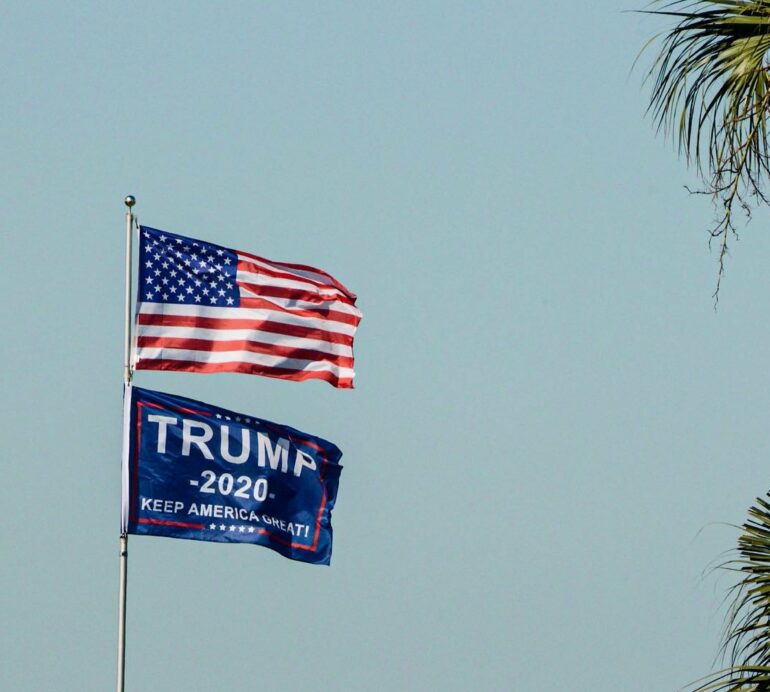A computational analysis of billions of phrases found in tweets has uncovered new insights into the timelines of the many major stories that surrounded Donald Trump, former President of the United States, from 2016 to 2021. Peter Dodds of the University of Vermont, Burlington, and colleagues present these findings in the open-access journal PLOS ONE on December 8, 2021.
It is difficult for individuals to make sense of all the stories they encounter on any given subject over time, hindering a complete understanding of its historical impact. To address this challenge, Dodds and colleagues suggest, it is necessary to systematically track the dynamics of stories surrounding the subject over time.
Now, the researchers have developed a novel computational method for analyzing tweets in order to construct insightful timelines of stories surrounding any given subject. To demonstrate it, they analyzed all tweets related to Trump from 2016 to 2021, applying their algorithms to measure the temporal dynamics of stories represented by billions of one- and two-word phrases, such as “Hillary” and “travel ban.”
This analysis produced high-resolution timelines that highlight key dynamics of the stories surrounding Trump during his presidency. For instance, the turbulence of these stories—how quickly each declined in dominance as new stories arose—varied over time. Trump’s first year in office, 2017, was the most turbulent, with a variety of dominant stories, such as “Russia” and “Comey.” Subsequently, turbulence declined, and dominant stories endured for longer periods, including 2018’s “Mueller” and 2020’s COVID-19. Turbulence spiked in connection with 2020’s Black Lives Matter protests, the 2020 election, and 2021’s Capitol attack.
The analysis also measured the degree to which Trump controlled the narrative of each story, according to how much his tweets were retweeted. His control varied between stories and over time; for instance, it was high for “fake news” and “Minneapolis,” but low for “Jeffrey Epstein” and, notably, “coronavirus”—though Trump may have controlled COVID-19 narratives using other phrases.
These findings demonstrate the potential for this novel method to improve understanding of historical events. Future research could refine the method and extend it to additional subjects.
The authors add: “In 2020, story turbulence around Trump exploded with the start of the COVID-19 pandemic, the murder of George Floyd, and the presidential election, but also ground to a halt as these stories dominated for long stretches. ”
More information:
Dodds PS, Minot JR, Arnold MV, Alshaabi T, Adams JL, Reagan AJ, et al. (2021) Computational timeline reconstruction of the stories surrounding Trump: Story turbulence, narrative control, and collective chronopathy. PLoS ONE 16(12): e0260592. doi.org/10.1371/journal.pone.0260592
Provided by
Public Library of Science
Citation:
Twitter reveals dynamics of stories surrounding Trump’s presidency (2021, December 8)



